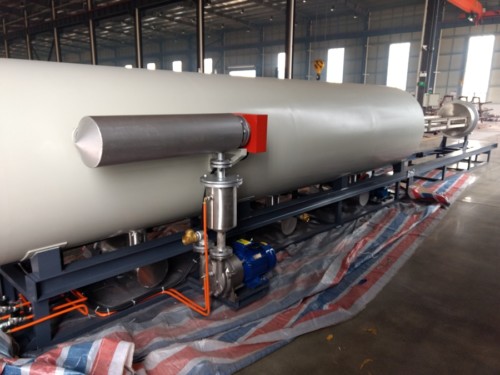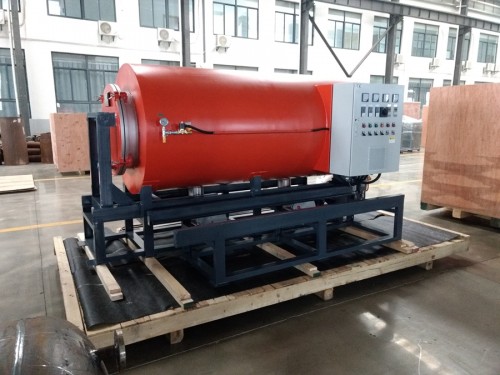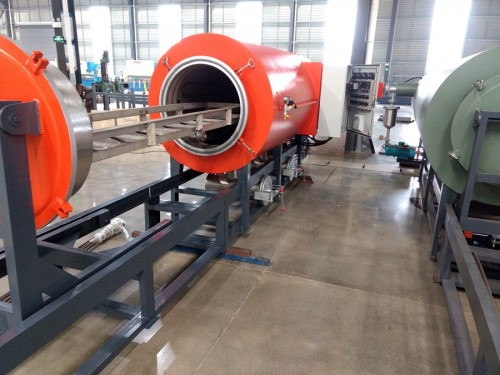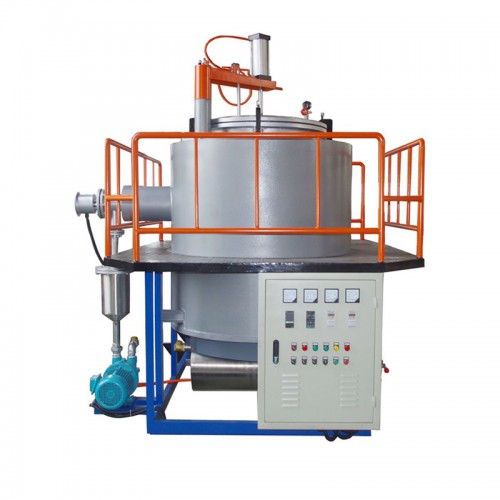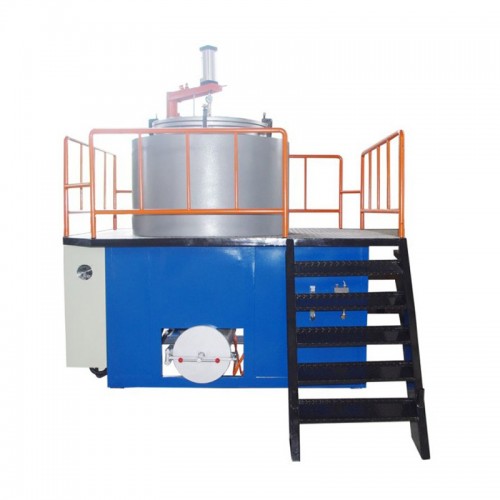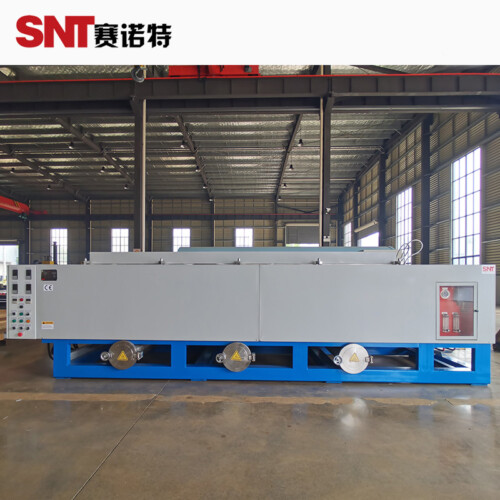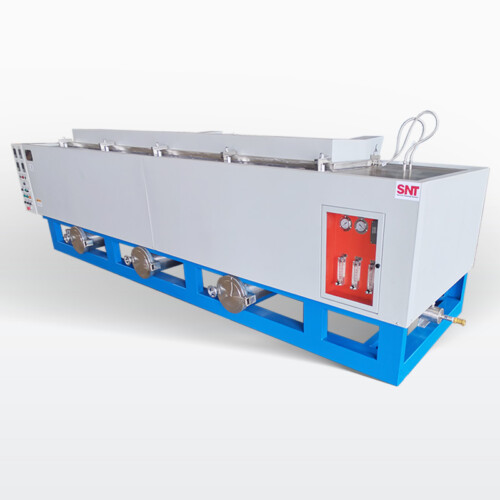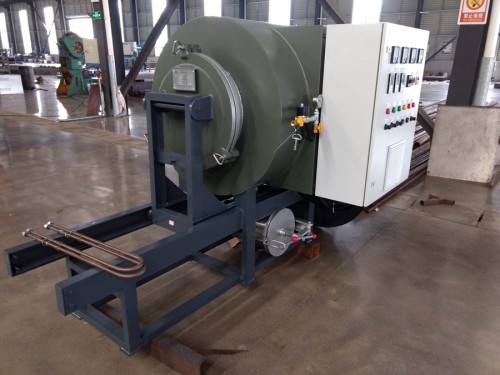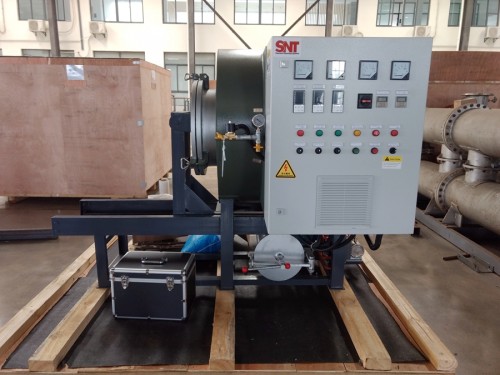Product Description
Vacuum Pyrolysis Oven is designed specially for cleaning of die head in Melt-blown nonwoven production line.
► CLEANING PROCESS
Vacuum Pyrolysis Cleaning ⇒ Ultrasonic Cleaning
► THERMAL CLEANING SYSTEMS
| Production Line |
Thermal Cleaning Systems |
|
| 1.6m (Net Width) |
Vacuum Pyrolysis Cleaning Oven
Horizontal Type, Model: VCH623
or Box Type, Model: VCB2344 |
Ultrasonic Cleaner
Chamber Size: 2100X300X250
Ultrasonic Power: 3kW |
| 2.4m (Net Width) |
Vacuum Pyrolysis Cleaning Oven
Horizontal Type, Model: VCH632
or Box Type, Model: VCB3244 |
Ultrasonic Cleaner
Chamber Size: 3000X300X250
Ultrasonic Power: 4.5kW |
| 3.2m (Net Width) |
Vacuum Pyrolysis Cleaning Oven
Horizontal Type, Model: VCH740
or Box Type, Model: VCB4055 |
Ultrasonic Cleaner
Chamber Size: 3800X300X250
Ultrasonic Power: 6kW |
► ELECTRICAL PROCESS HEATER
| Production Line |
Electrical Hot Air Heater |
| 1.6m (Net Width) |
240KW |
| 2.4m (Net Width) |
360KW |
| 3.2m (Net Width) |
450KW |
► On-site Photo

▲ On-site Test
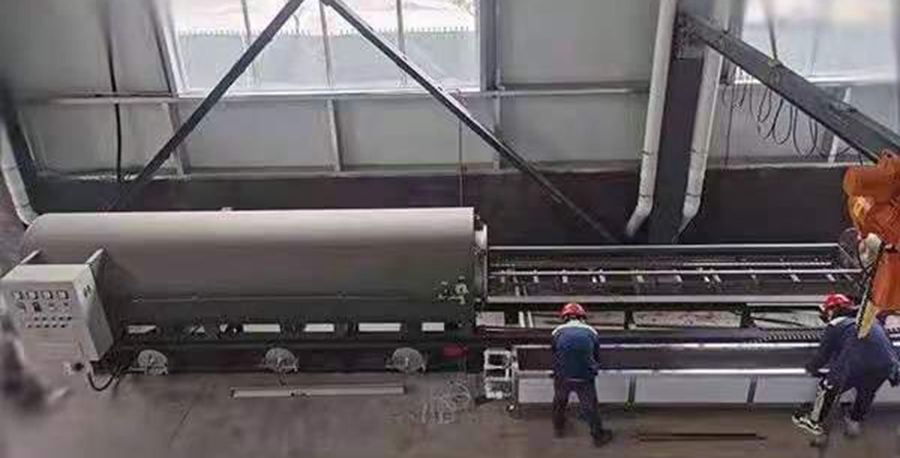
▲ On-site Test

▲ Box Type

▲ Top Loading

▲ Hot air heater
Brief Description for Melt-blown Production
► Composition structure:
Screw extruder > filter > metering pump > heating system -> melt-blown manifold> web former > rewinding
► Production process:
The polypropylene is automatically sucked into the screw extruder by the vacuum feeder, which heats and melts the PP particles into the liquid state. The compressed air from the blower or air compressor and air storage tank is sent to the air heater for heating. The hot air makes the melted liquid polypropylene material ejected from the nozzle to form filaments (the nozzle contains hundreds of small holes) under the pressure. After that, the filaments are ejected horizontally to reach the web former, and then reach the winding equipment.

